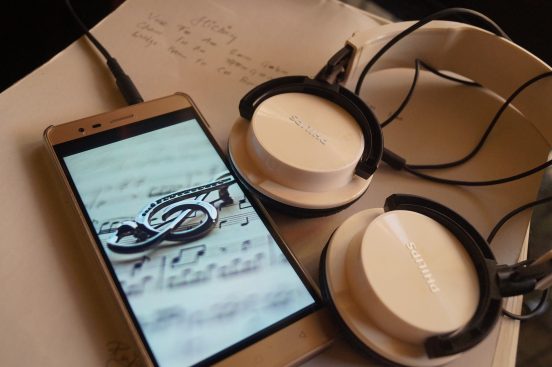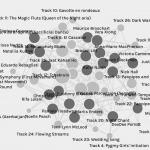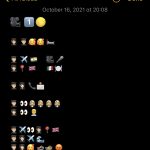The purpose of this task is to change the semiotic mode of the first task (What’s in your bag) to a different one and deliver it in audio form or, at least, not exclusively visual.
I have decided to redesign my narrative writing that describes the contents of my bag into acrostic poems in which the letters of the first words in each line spell out a keyword or a phrase. Since I had to deliver the poems in an audio format, I decided to record them, but because it may be challenging for the listeners to guess what the acrostic poem is all about without seeing it written on paper, I have decided to also include appropriate background music that serves as a cue for each of the keywords. Enjoy!
Knobs on the doors
Easy to unlock
You keep them in your pocket
Silver, golden, old, rusty, worn
Wet towels
In a package
Perfect for cleaning
Easily remove
Spills, dirt, liquids, and dust
Helps kill bacteria and viruses
Alcohol-based
Never use in place of regular hand-washing
Diligently apply on your hands
Store in a cool dry location
Always helps
Never ingest
Irritates and dries the skin
Try coating your hands
Impeccable quality
Zero-waste
Even a small bottle
Really helps protect you
Fits snuggly against your face
And has layers of fabric
Cloth and disposable
Easy to wear
May filter the air
And the droplets
Safe to use
Know when and how
Reflect on the potential benefits and challenges of engaging in mode-changing and describe your own redesign process.
The New London Group (1996) in their article argues that “… the extent of transformation from Available Designs to the Redesigned as a result of a Designing can greatly vary” pointing out that some designing is more “premeditated – planned, deliberate, systematized – than other instances, for example, a conversation to a poem” (p. 81). When I was looking at my narrative writing in Task 1, I wanted to pick a different genre to deliver the information and opted for acrostic poems which are somewhat more premeditated and throughout in comparison to narratives. They are succinct and do not have to rhyme, yet have a fun twist to them – the reader can find out the main idea/topic of the poem by looking at the bold letters in each of the lines that make up the word or a phrase. The challenge, though, was to deliver these types of poems in an audio format. If the listener is not able to see the poems written on paper, it may be hard for them to understand that those are acrostics poems that are being recited and comprehend the main topic/idea. To solve this problem, I have decided to use appropriate background music to go along with the poem that serves as a cue. Some of the sound effects are more distinct and clear to recognize (e.g. the sound of the keys), while others (e.g. the sound of the facemask) are not. By engaging in the process of “…hybridizing – that is, articulating in new ways – established practices and conventions within and between different modes of meaning”, I believe I have been successful at this task of mode-bending and have been able to create new conventions and modes of meaning (The New London Group, 1996, p. 82). In the end, “all meaning-making is multimodal” (The New London Group, 1996, p. 82).
References:
The New London Group. (1996). A pedagogy of multiliteracies: Designing social futures. (Links to an external site.) Harvard Educational Review 66(1), 60-92.





